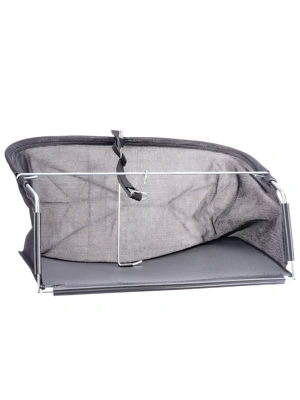Fertilize Your Lawn With Grass Clippings

Grass Clippings: an abundant, free source of nutrients
By leaving clippings on the lawn after mowing, you're adding nutrients (especially nitrogen) to the soil and stimulating biological activity. Research has shown that leaving short clippings (one-half inch or less) can supply up to 40 percent of a lawn's annual fertilizer needs. If you find that your clippings are thick, wet and smothering the lawn, it's best to rake them up and compost them. But, if you use a lawn mower that turns the clippings into fine bits, much of your fertilization is done when you mow. Just be sure to mow regularly (so you only remove one-third of the blade's length) and keep your mower blades sharp.
Also Add Organic Fertilizer
Supplement the clippings with a slow-release, granular fertilizer slow-release, granular fertilizer. When to apply? It depends upon the type of grass you have: cool-climate or hot-climate.
- Cool-climate grasses, such as Kentucky bluegrass, perennial rye, bentgrass and fescue, are best fertilized in fall. The next-best time to fertilize is late spring.
- Warm-climate grasses, such as Bermuda, zoysia and St. Augustine, are usually fertilized in small doses, from late spring to late summer. Do not fertilize in fall or winter, when the grass is dormant. This will only encourage weeds to grow.
Last updated: 03/11/2024
Print this Article:
Related items
Get the Dirt
Stay up to date on new articles and advice. Please fill out the information below.












